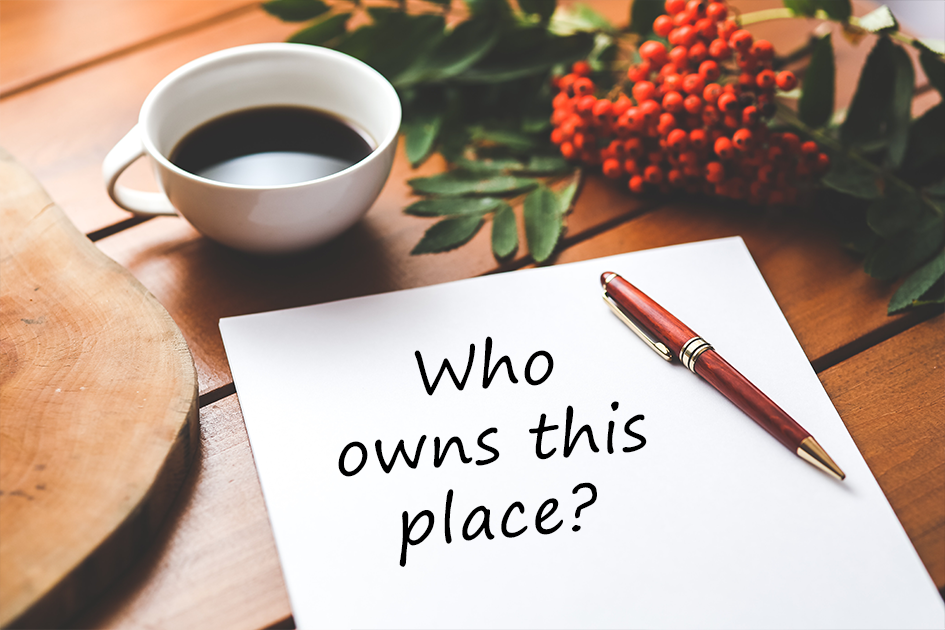This is the third entry in a four-part series that explores four questions: (1) What are we doing here? (2) Who is leading? (3) Who owns this place? (4) Who belongs?
Aftab Omer , President of Meridian University, shared these “archetypal” questions while we were planning the annual gathering of the Global Learning and Exchange Network (GLEN) with the founders of the GLEN, David Sibbet and Gisela Wendling, and fellow GLEN members Karen Buckley and FireHawk Hulin.
Just as with the first two archetypal questions, the third—who owns this place—has different angles to consider.
Legally speaking a business belongs to its owner(s), which could be a single person or a number of shareholders. A non-profit belongs to the public-at-large and governmental agencies ultimately belong to taxpayers.
“Owning” can also mean admitting or acknowledging one’s feelings, thoughts, actions and impact on others, i.e., taking responsibility. In this sense we belong to ourselves and to any circumstance of which we are a part.
“This place” could be a geographic location, an organization, a group, a situation or the world inside us.
As a leader or an employee of an organization, do you “own” your job, your impact on others and the organization as a whole? In conversations and meetings, do you “own” your share of responsibility for what you say and do to make sure it is as constructive and productive as possible?
One of the most important and difficult aspects of accepting the human condition of inter-dependence and inter-connection, is taking responsibility for “how things are” or answering the question “who owns this place?” with an “I do” or “we do.” It’s way too easy to simply blame others, ignore the situation, or numb ourselves with distractions.
But how much can we “own” about how things are? Tracking the news can be an overwhelming experience about what we could take responsibility for. My list includes climate change, freedom of the press, civility, rule of law, racial and gender equity. I could go on. What’s on your list?
Since the focus of this blog is about how we interact with others, we could start there.
Do you “own” interactions at work, in your family, in your community? Do you clarify your intentions beforehand? Do you make a conscious effort to ensure your behavior is congruent with those intentions? Do you take time to connect with people to help them feel safe, like they belong? Do you practice saying what is true for you without blaming others? Do you listen to understand first before you seek to be understood?
And, finally, enabling you to do all of these things, do you do your best to stay present and aware while interacting with others so you can make conscious choices about what to say, when, and how?
Each of us “owns this place.” Despite the combativeness of the national conversational tone, we can act as responsible owners of our collective, interactive places at work, at home and in our communities.
In the next post, I explore the final question: “Who belongs?”

